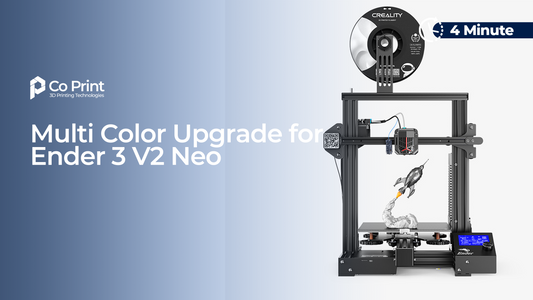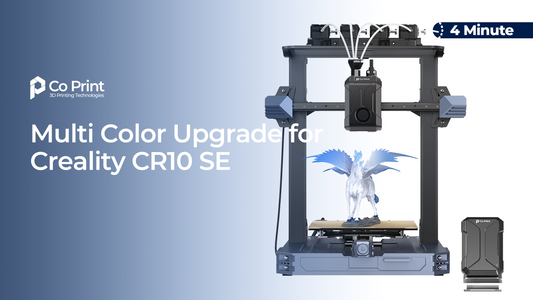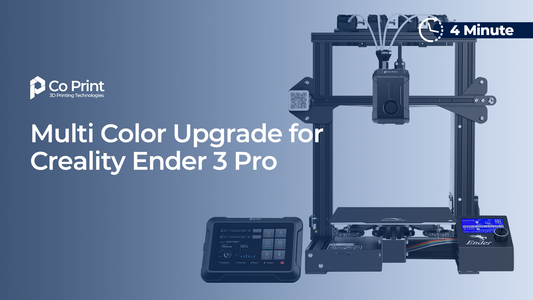3D printing has revolutionized the way we think about design and manufacturing. It has made it possible to create complex shapes and structures quickly and cost-effectively, with a high degree of accuracy and precision. But until recently, 3D printing was limited to single-color prints, which meant that designers and manufacturers had to rely on post-processing techniques such as painting and coloring to add visual interest to their products.
Now, however, multi-color 3D printing has changed the game. With this technology, it is possible to create objects with multiple colors and textures in a single print, without the need for post-processing. This opens up a world of possibilities for designers and manufacturers, allowing them to create more complex and visually appealing products.
What is Multi-Color 3D Printing?
Multi-color 3D printing, also known as multi-material 3D printing, is a process that allows for the creation of objects with multiple colors and textures in a single print. This is achieved by using a 3D printer that is capable of printing with multiple materials or colors at the same time.
There are two main types of multi-color 3D printing: single extruder and multi-extruder. Single extruder printers use a single nozzle to print with multiple colors or materials, while multi-extruder printers use multiple nozzles to print with different colors or materials simultaneously.
How Does Multi-Color 3D Printing Work?
Multi-color 3D printing works by using multiple filaments or materials to create an object. The printer uses software to determine where each color or material should be placed, and then extrudes the appropriate filament or material at the right time.
For single extruder printers, the printer switches between filaments or materials as it prints, while for multi-extruder printers, each extruder is dedicated to a specific color or material, allowing for greater control over the final product.
Applications of Multi-Color 3D Printing
Multi-color 3D printing has a wide range of applications across various industries, including:
Prototyping
Multi-color 3D printing is ideal for prototyping, as it allows designers to create complex and visually appealing prototypes quickly and cost-effectively. With multi-color 3D printing, designers can create prototypes that look and feel like the final product, allowing for better testing and evaluation.
Education
Multi-color 3D printing is also valuable in education, as it allows students to create more visually appealing and engaging projects. By using multiple colors and textures, students can create more complex and interesting designs, which can help to spark their creativity and imagination.
Art and Design
Multi-color 3D printing is already being used in the art and design world to create stunning sculptures, jewelry, and other objects. With multi-color 3D printing, artists and designers can create pieces with intricate details and multiple colors, without the need for post-processing.
Architecture
Multi-color 3D printing is also being used in architecture to create scale models of buildings and other structures. By using multiple colors and materials, architects can create models that are more accurate and visually appealing, which can help to communicate their ideas more effectively.
Multi-color 3D printing is a game-changer for design and manufacturing. With this technology, designers and manufacturers can create more complex and visually appealing products quickly and cost-effectively. From prototyping to education, art and design, and architecture, multi-color 3D printing has a wide range of applications that are already transforming these industries. As this technology continues to evolve, we can expect to see even more innovative uses for multi-color 3D printing in the future.




